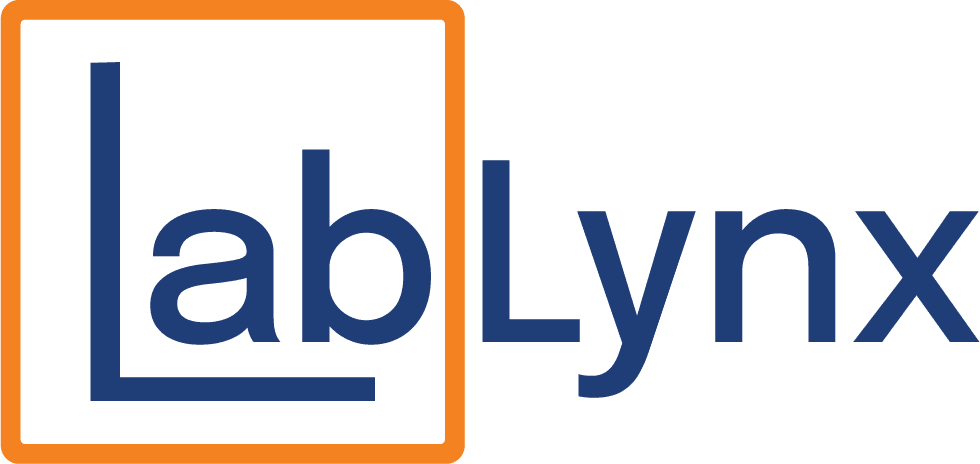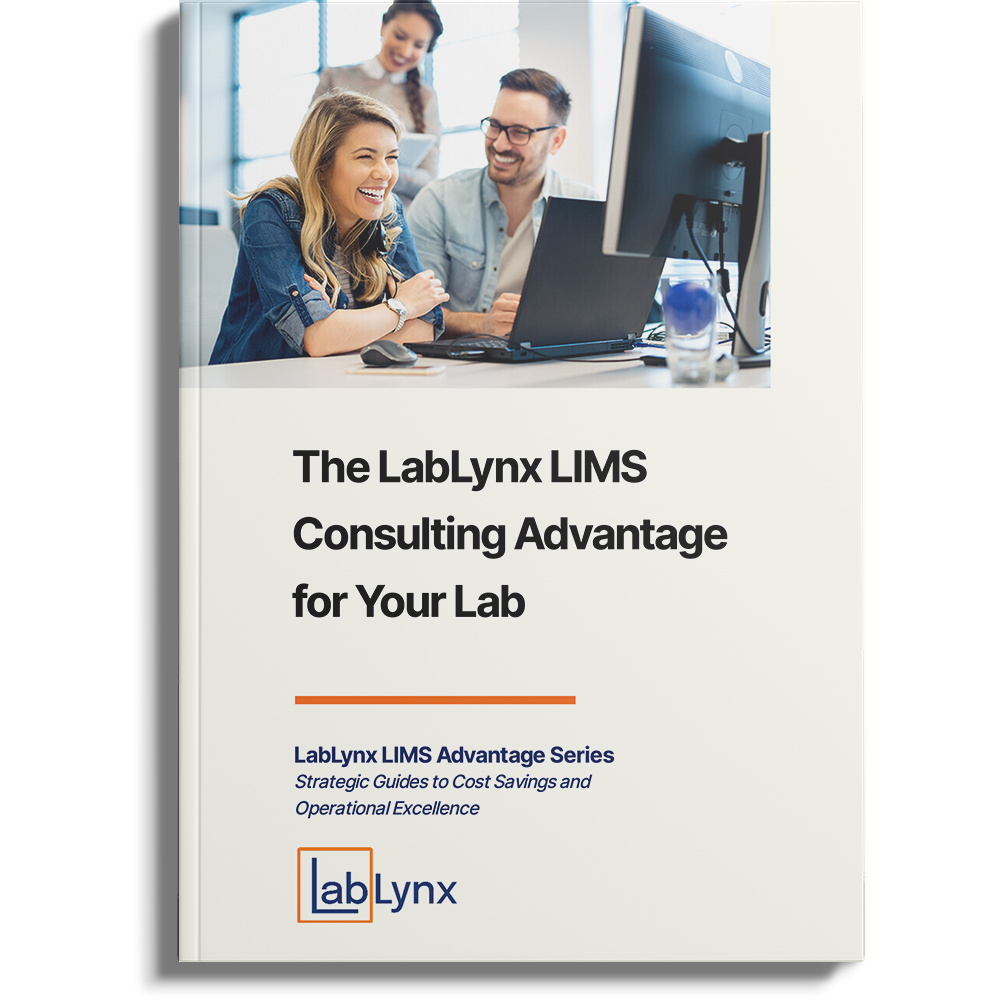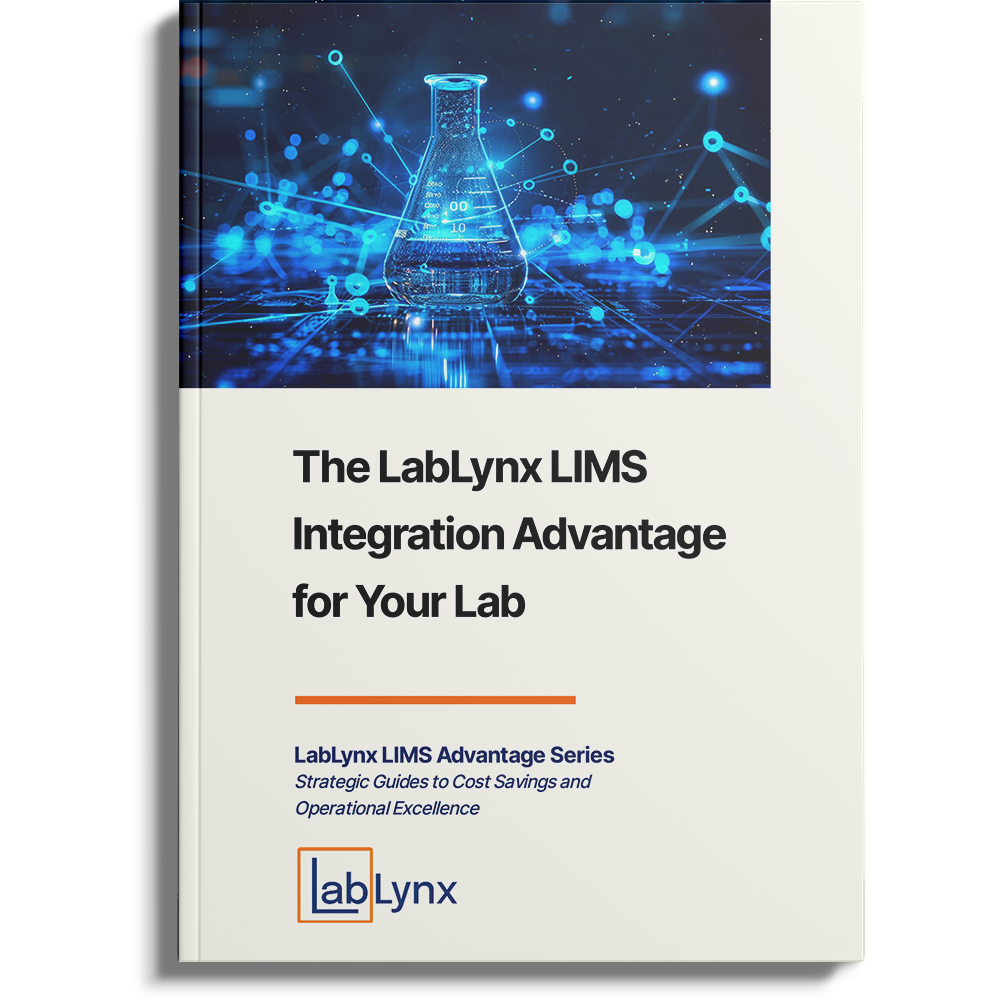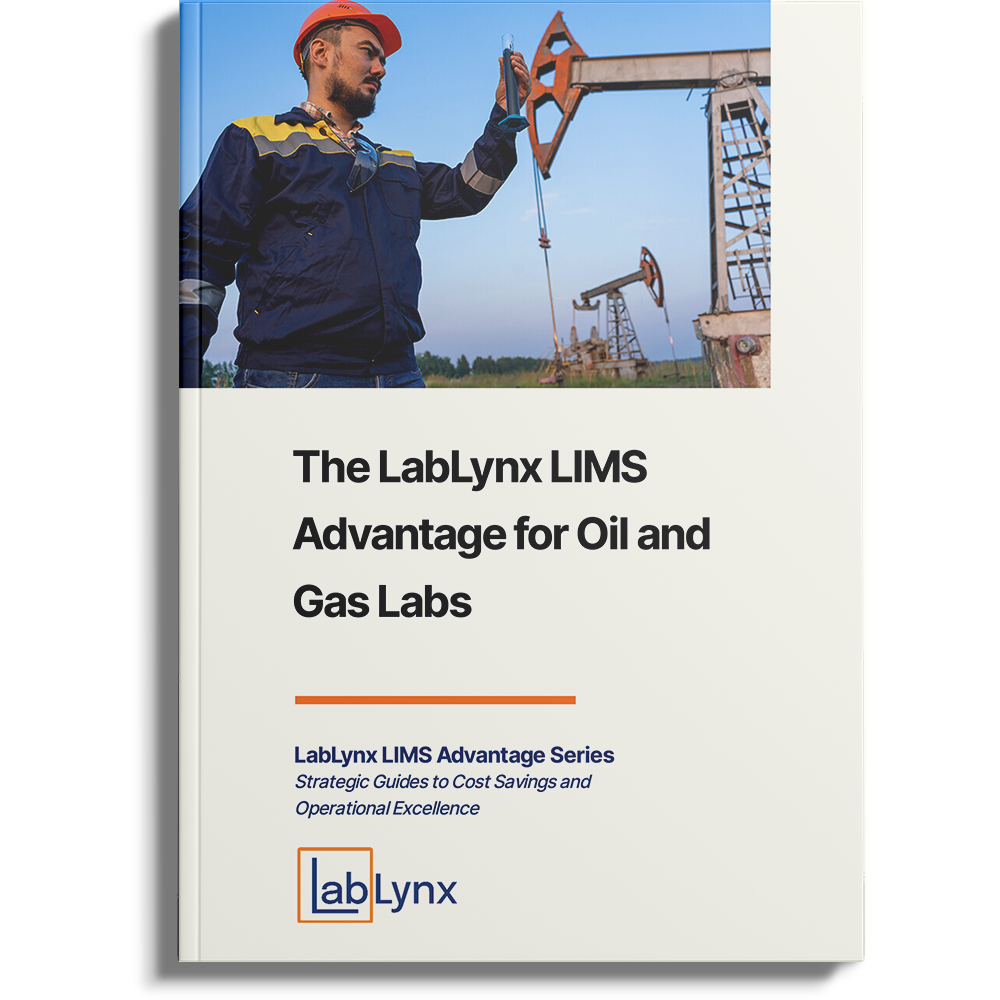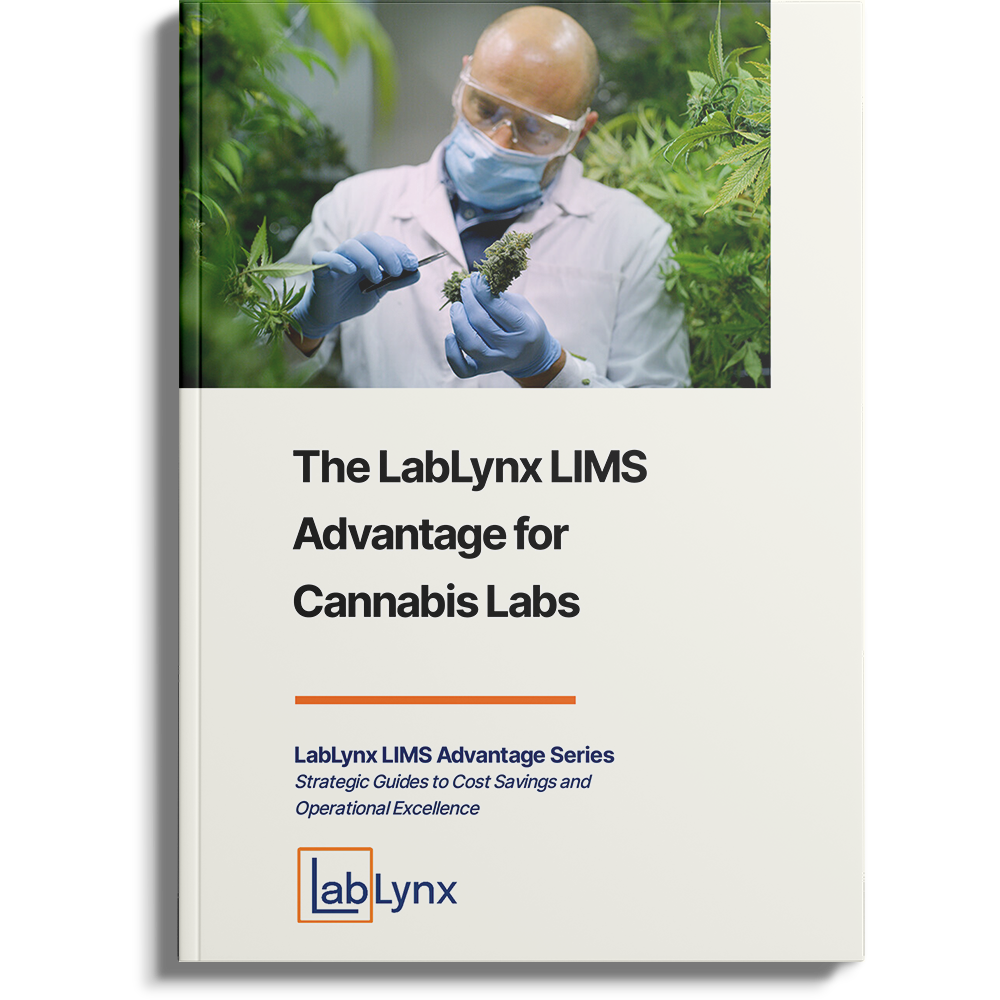
The food and beverage industry faces strict regulatory requirements, quality control challenges, and increasing consumer demand for safety and transparency. To meet these demands, laboratories supporting food and beverage production must implement robust Laboratory Information Management Systems (LIMS) that streamline operations, ensure compliance, and enhance efficiency.
With foodborne illnesses affecting 1 in 6 Americans annually, according to the CDC, and increasing global regulations such as FSMA, HACCP, and ISO 22000, laboratories must rely on advanced data management systems to ensure food safety and quality. This article explores the key elements of a LIMS for food and beverage laboratories, why they matter, and how LabLynx solutions can help labs meet industry needs.
Why Do Food and Beverage Laboratories Need a LIMS?
Food and beverage testing is highly complex due to the wide range of contaminants, nutritional analyses, allergens, and regulatory standards that must be monitored. Laboratories performing microbiological, chemical, and sensory analyses need a system that can:
- Ensure regulatory compliance with FDA, USDA, FSMA, HACCP, and ISO standards
- Automate sample tracking and prevent mix-ups
- Standardize workflows to improve efficiency and reduce human error
- Enhance traceability to provide clear audit trails
- Support high-volume testing with scalable automation
With growing concerns over food fraud, sustainability, and global supply chain risks, the ability to capture, manage, and report data accurately is more critical than ever.
Key Elements of a LIMS for Food and Beverage Laboratories
1. Sample Management and Traceability
Every food and beverage sample must be tracked from collection to final analysis. A LIMS should:
- Assign unique barcodes or QR codes for easy sample identification
- Enable real-time tracking of sample location and status
- Maintain chain-of-custody records to meet regulatory requirements
- Store metadata, including source, batch, lot number, and expiration date
How LabLynx Helps: LabLynx LIMS automates sample logging and tracking, ensuring full traceability with barcode-based workflows and real-time updates.
2. Regulatory Compliance and Audit Readiness
Food safety regulations vary by region, but compliance is essential. Laboratories must adhere to:
- FDA Food Safety Modernization Act (FSMA) – Prevents contamination in food production
- HACCP (Hazard Analysis & Critical Control Points) – Identifies and controls risks in food safety
- ISO 17025 – Ensures lab testing accuracy and reliability
- GFSI (Global Food Safety Initiative) – A global standard for food safety
A LIMS must include compliance management tools, such as:
- Automated audit trails that log all system actions
- Pre-configured templates for FSMA, HACCP, and ISO reports
- Electronic signatures and role-based access controls
How LabLynx Helps: LabLynx LIMS supports compliance with FSMA, HACCP, and ISO standards, with built-in audit logs, electronic signatures, and automated reports.
3. Test Workflow Automation and SOP Standardization
Food and beverage labs conduct a variety of tests, from pH and moisture analysis to microbial contamination and heavy metal detection. A LIMS should:
- Automate workflows for standard tests and calculations
- Ensure Standard Operating Procedures (SOPs) are followed correctly
- Support batch testing to improve efficiency
- Integrate with analytical instruments such as HPLC, GC-MS, and ICP-MS
How LabLynx Helps: LabLynx LIMS ensures workflow standardization with pre-configured food safety test templates and seamless instrument integration.
4. Real-Time Data Analytics and Reporting
Food and beverage labs must quickly analyze large datasets to identify contamination, track trends, and make informed decisions. A LIMS should:
- Offer real-time dashboards for instant analysis
- Provide customizable reporting tools for regulatory submissions
- Support automated flagging of out-of-spec results
- Enable trend analysis for predictive quality control
How LabLynx Helps: LabLynx LIMS delivers real-time data visualization, trend analysis, and automated report generation to enhance decision-making.
5. Supplier and Ingredient Quality Control
To prevent foodborne illnesses, mislabeled ingredients, and fraud, labs must verify the quality of raw materials. A LIMS should:
- Monitor supplier test results and batch variations
- Identify trends in ingredient consistency
- Ensure compliance with organic, non-GMO, and allergen-free certifications
- Automate rejection of non-compliant batches
How LabLynx Helps: LabLynx LIMS supports supplier quality tracking with integrated batch testing and automated alerts for non-compliance.
6. Allergen, Contaminant, and Adulteration Testing
Food safety is paramount, and laboratories must test for:
- Microbial pathogens such as Salmonella, E. coli, and Listeria
- Chemical contaminants including pesticides, heavy metals, and mycotoxins
- Adulteration detection such as melamine in dairy or fraudulent substitutions
- Allergens including peanuts, gluten, dairy, soy, and shellfish
A LIMS must provide fast data retrieval, integrate with rapid testing technologies, and support regulatory documentation for allergen labeling compliance.
How LabLynx Helps: LabLynx LIMS simplifies contaminant and allergen monitoring, allowing for automated limit checking and compliance documentation.
The Future of Food and Beverage LIMS
As food safety regulations tighten and consumer expectations rise, laboratories must adopt next-generation LIMS solutions that provide:
- AI-driven data analysis for predictive quality control
- Cloud-based LIMS for remote access and collaboration
- Blockchain traceability for farm-to-table transparency
- IoT integration for real-time monitoring of food storage conditions
How LabLynx Helps: LabLynx LIMS is designed for future scalability, offering cloud capabilities and advanced analytics to help food and beverage labs stay ahead.
Why LIMS is Essential for Food and Beverage Testing
The food and beverage industry faces increasing regulatory pressure, higher testing volumes, and a greater need for quality assurance. A well-designed LIMS is essential for:
- Ensuring regulatory compliance and audit readiness
- Tracking samples and maintaining traceability
- Standardizing workflows for efficiency and accuracy
- Managing supplier quality and ingredient consistency
- Delivering fast, reliable data for decision-making
As food safety risks continue to evolve, laboratories must embrace digital transformation to enhance efficiency, accuracy, and compliance.
LabLynx: The Ultimate LIMS Solution for Food & Beverage Labs
LabLynx provides a tailored LIMS solution designed specifically for the unique challenges of food and beverage laboratories. With industry-leading compliance management, automated workflows, real-time analytics, and seamless instrument integration, LabLynx ensures that laboratories stay ahead of regulatory requirements while maximizing efficiency and accuracy. Our scalable, cloud-enabled platform supports everything from sample tracking to supplier verification, giving laboratories the tools they need to maintain quality, ensure safety, and streamline operations. Whether your lab focuses on microbial testing, allergen analysis, or full-scale quality control, LabLynx LIMS delivers the reliability, compliance, and automation required for success in the food and beverage industry.
Get started today with LabLynx LIMS and equip your food and beverage laboratory with the tools needed to ensure compliance, enhance efficiency, and maintain the highest standards of quality and safety.
